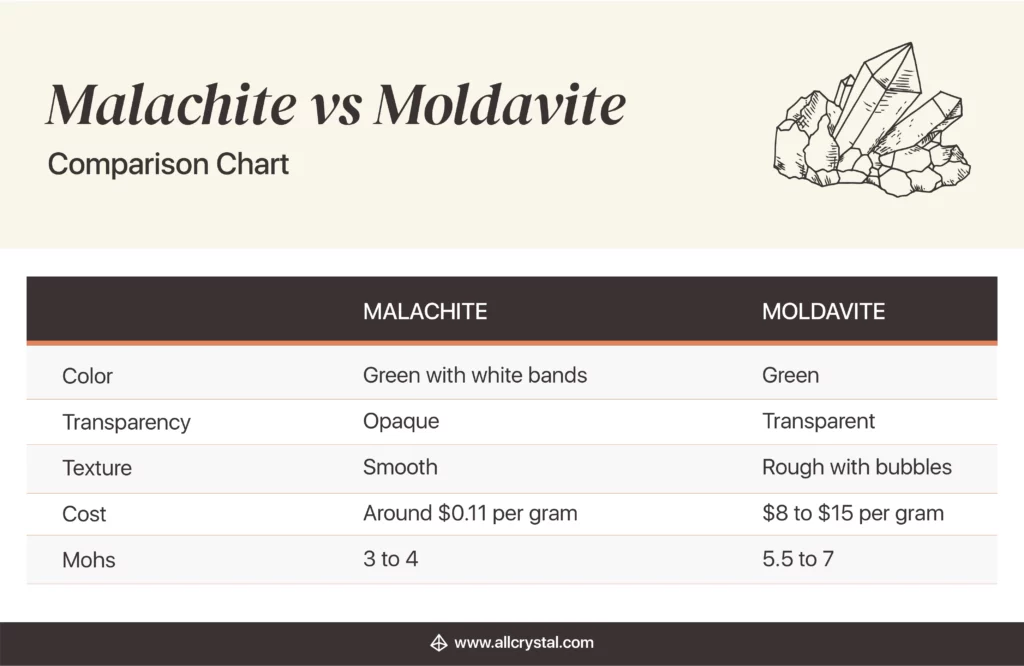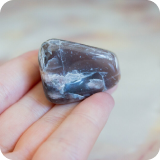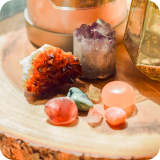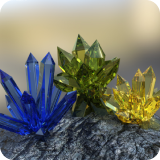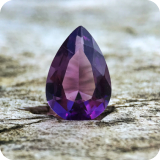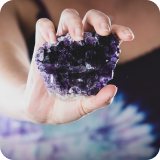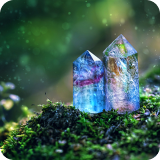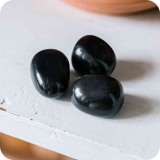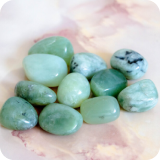- Malachite Crystal
- Moldavite Crystal
- Similarities Between Malachite and Moldavite
- How To Tell Malachite and Moldavite Apart
- Malachite vs Moldavite
Malachite is one of the crystals similar to Moldavite, as they share a similar green tone. Moldavite has recently skyrocketed in popularity and demand and, due to this, it has become expensive and hard to find.
Many unethical vendors are selling Malachite as Moldavite to unknowing buyers, so it is essential to know the difference between these two stones.
Malachite Crystal
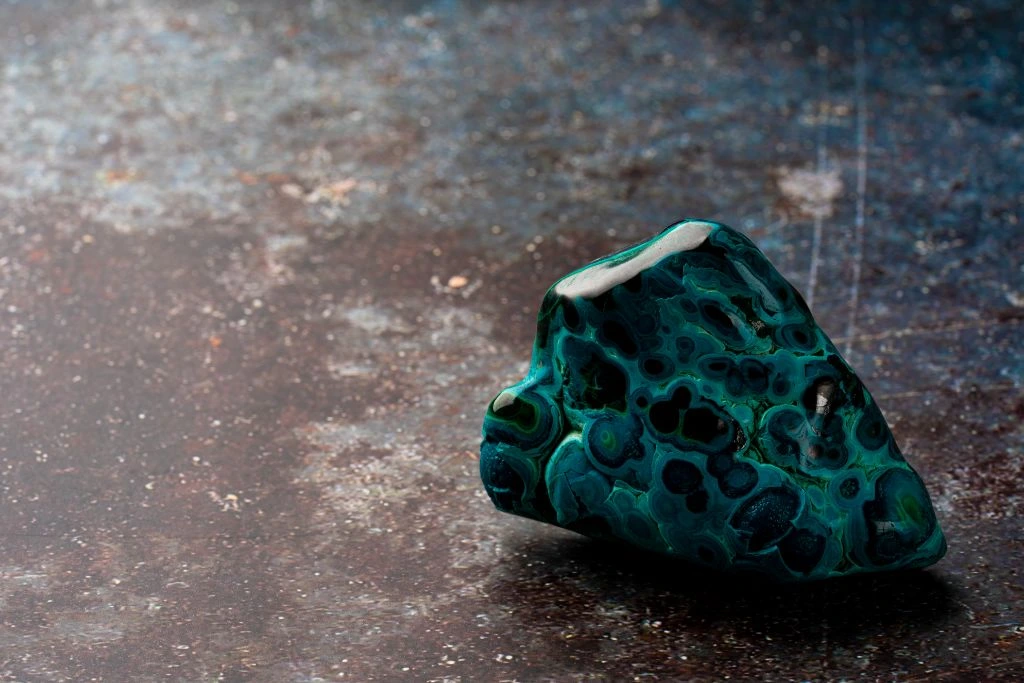
What is Malachite? Malachite is a copper hydroxide mineral that is considered a rock. This stone forms naturally on Earth through the surface weathering process of copper ore. You can find Malachite in many locations, including Zambia, Russia, Australia, and others.
Malachite occurs in different shades of green, has white bands that form patterns, and is an opaque stone. It is a soft stone with a hardness of 3 to 4 on the Mohs scale, so it can crack and fracture easily. When performing a Malachite scratch test, the stone will scratch easily.
This stone is used to transmute emotional pain and negativity into positive energy. Malachite is a powerful crystal that invites unconditional love into your heart and takes you through a transformational journey of self-love and self-acceptance.
Besides being mistaken for Moldavite, Malachite is also often mistaken for Azurite. It has a high level of copper, so you must be careful when using it, as it can be toxic if chipped or broken. Practitioners use it to absorb toxins from the body. It primarily heals the Heart Chakra.
Read this article if you want to learn how to cleanse Malachite crystals.
Moldavite Crystal
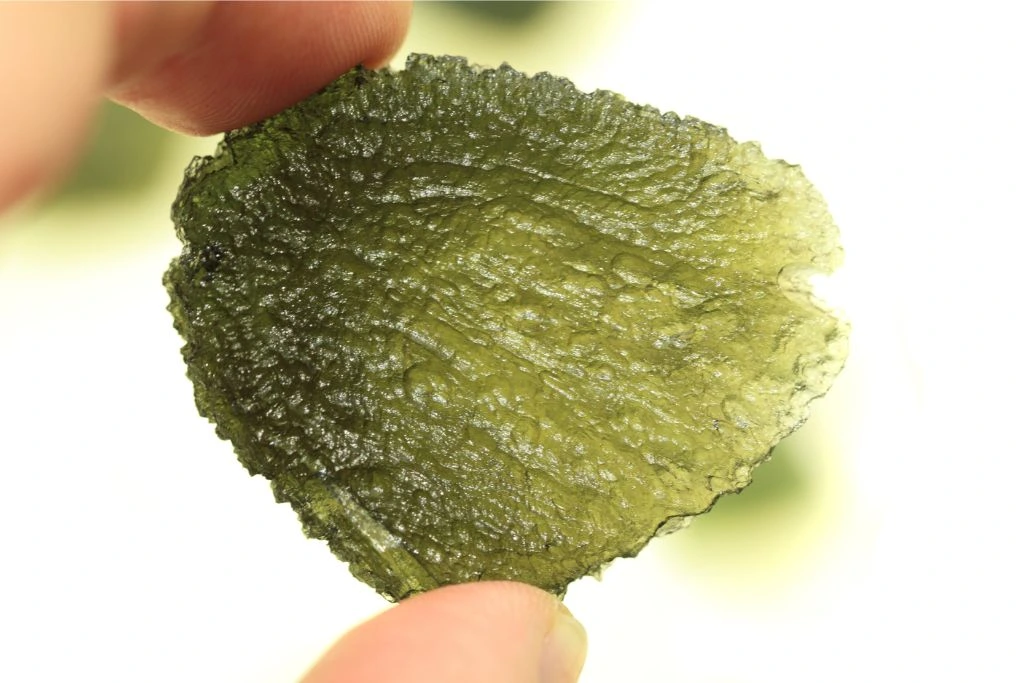
What is Moldavite? Moldavite is a type of Tektite, which is considered a natural glass. This stone is formed via the cooling of silica sand or rock that has entered our atmosphere during a meteor impact, giving it an extra-terrestrial origin. Tektite is a class of stones that exists via meteor impacts.
Moldavite can only be found in one location–Czechoslovakia. It occurs in varying shades of green and is transparent. Its hardness is 5.5 to 7 on the Mohs scale, and it has an irregular, rough texture. When performing a Moldavite scratch test, the stone will not scratch easily.
The metaphysical properties of Moldavite include spiritual awakening and attunement. This stone is not for the faint of heart,however, as it opens your mind to realities previously unknown, which can push you to undergo a dramatic spiritual transformation.
Moldavite is a high-vibration crystal and should not be kept in your bedroom or worn daily, as it can over-energize you, leading to insomnia and racing thoughts. Many say they can feel heat when touching the crystal and instantly feel an energetic shift when using it.
Read this detailed article on how to tell if Moldavite is real to learn more.
Similarities Between Malachite and Moldavite
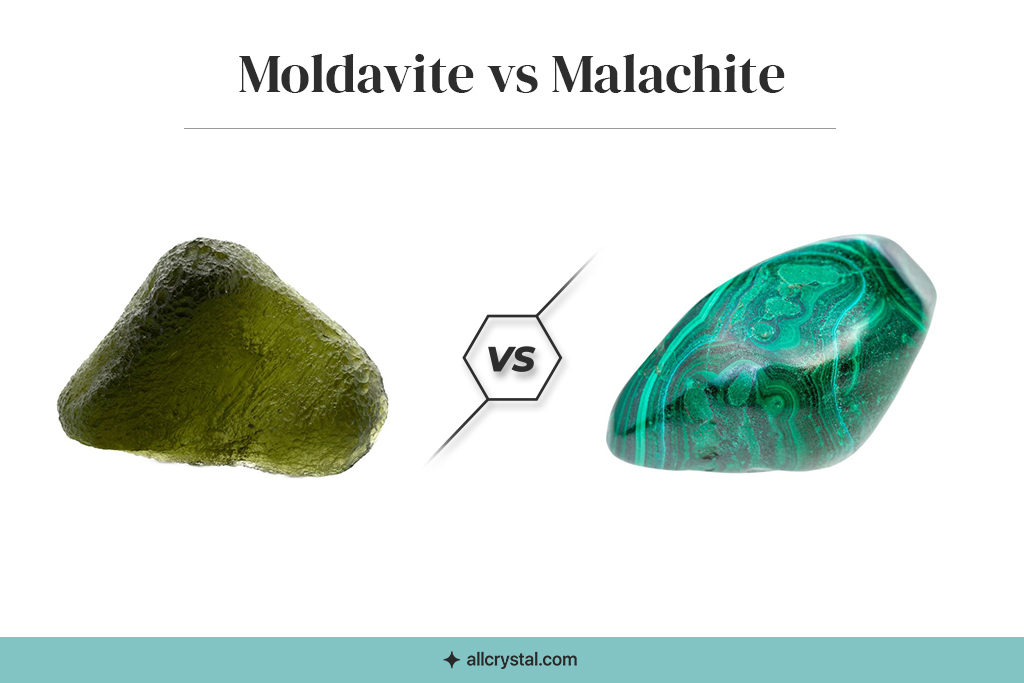
Is Malachite like Moldavite? Both these stones occur in varying green shades. Besides that, Malachite is not similar to Moldavite and confusing them is mainly due to a lack of knowledge of these two stones.
How To Tell Malachite and Moldavite Apart
- Malachite usually has white inclusions and bands, whereas Moldavite only occurs in a green shade with no white bands or inclusions.
- When you hold Moldavite up toward a light source, you will see the light peeking through the crystal, as it is transparent. Malachite is opaque, so light does not shine through it.
- Moldavite often looks like broken glass, whereas Malachite looks like a rock or stone.
- You can see tiny bubbles in Moldavite when held under a magnifying glass or microscope. Malachite lacks this structure and has no visible bubbles.
- Moldavite is much more expensive than Malachite. Moldavite sells for $8 to $15 a gram, while Malachite is much cheaper, costing roughly $0.11 a gram.
- Malachite is usually smooth, whereas Moldavite is rough with many different textures.
Malachite vs Moldavite
